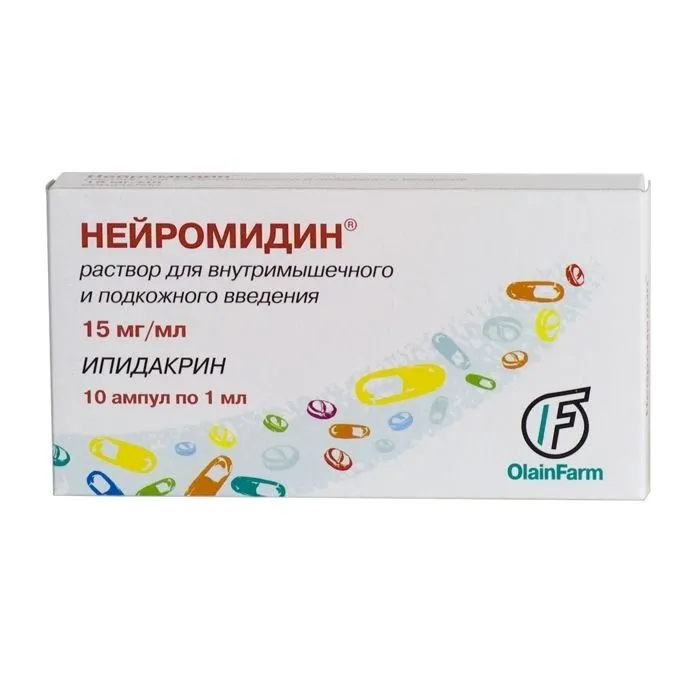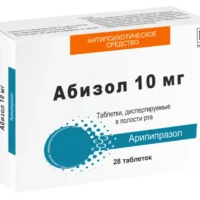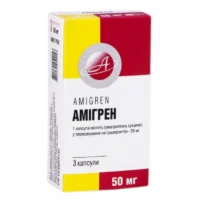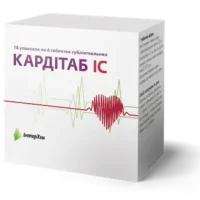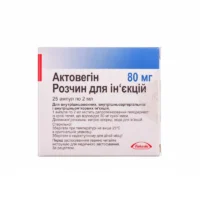Description
Neuromidin (Ipidacrine Hydrochloride) Ampoules 15 mg/ml. 1ml. №10
Ingredients:
- Each ampoule contains 15 mg of ipidacrine hydrochloride as the active ingredient.
Dosage:
The recommended dosage is determined by a healthcare professional based on individual needs. It is typically administered via intramuscular injection.
Indications:
Neuromidin ampoules are indicated for the treatment of myasthenia gravis and other neuromuscular disorders. It works by improving neuromuscular transmission.
Contraindications:
Do not use Neuromidin if you are allergic to ipidacrine hydrochloride or any other ingredients in the formulation.
Directions:
Administer the ampoules as directed by a healthcare professional. Follow proper aseptic techniques during administration.
Scientific Evidence:
Studies have shown that ipidacrine hydrochloride can improve muscle strength and function in patients with myasthenia gravis. Research published in the Journal of Neurology indicates a significant improvement in neuromuscular transmission with ipidacrine treatment.
Additional Information:
Neuromidin ampoules should be stored in a cool, dry place away from direct sunlight. Keep out of reach of children.
Pharmacologically, Neuromidin acts as a reversible cholinesterase inhibitor, increasing the concentration of acetylcholine at the neuromuscular junction. This action leads to enhanced muscle contractions and improved muscle strength in conditions like myasthenia gravis.
Clinical trials have demonstrated the efficacy of ipidacrine hydrochloride in improving muscle function and quality of life in patients with neuromuscular disorders. Compared to other cholinesterase inhibitors, Neuromidin has shown similar effectiveness with a favorable side effect profile.

